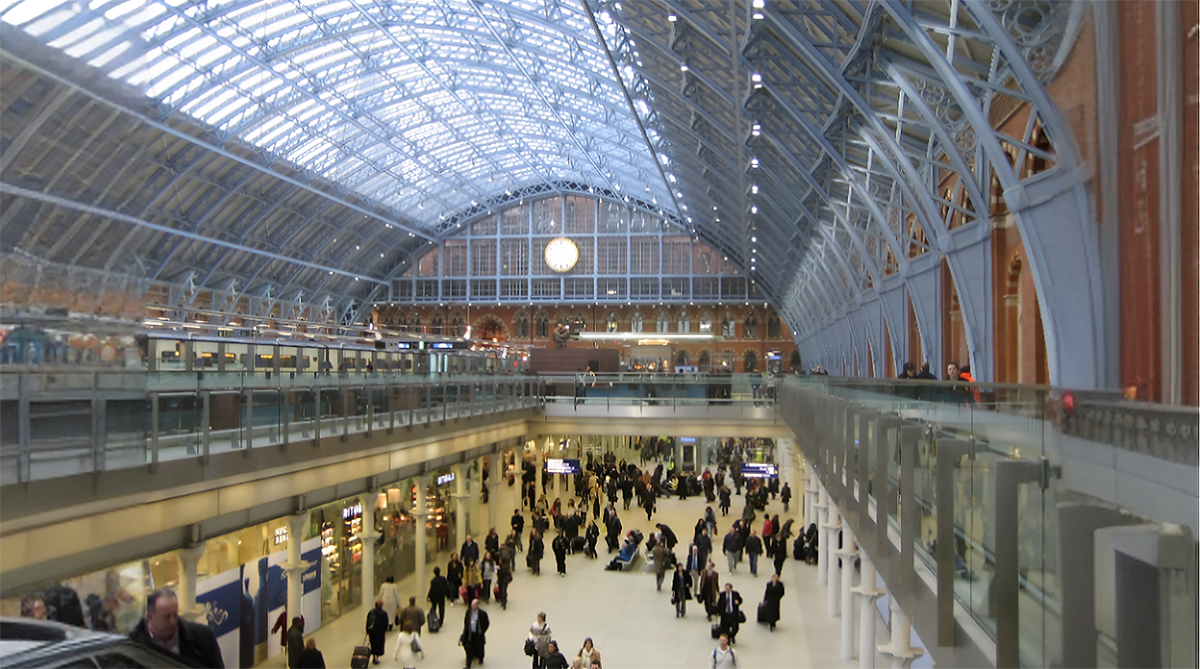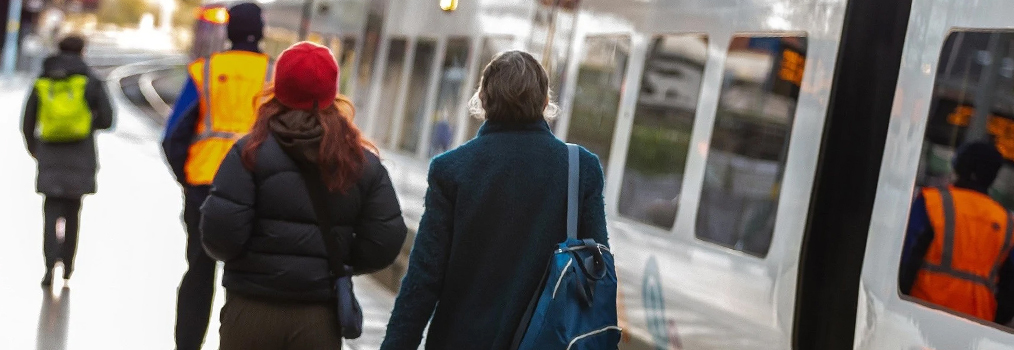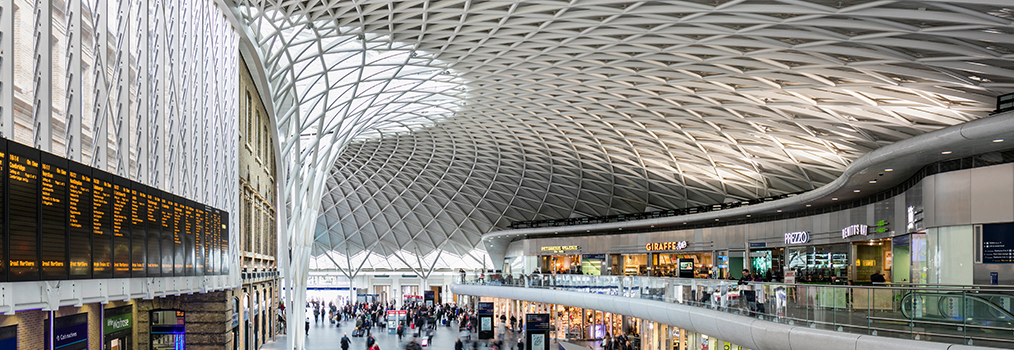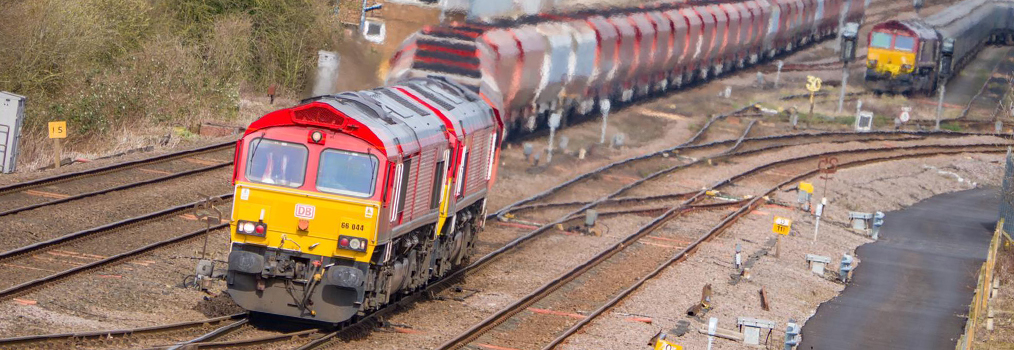Finances in 2021/22: Setting the Context
As time moves on from the events that destabilised our world in a way which few had foreseen, the consequences of almost two years of disruption, uncertainty and unprecedented change are still working their way through our lives. Nowhere is this truer than in our public transport industries, where pre-Covid levels of patronage and revenue – especially from commuters – remain unmatched.
We still do not know whether the economic and social changes brought about by Covid are permanent or whether, given time, life will return to what in 2019 we thought of as “normal”. The virus is still with us and, as I write, a new surge in the winter of 2022/23 is widely expected, with unknown consequences for working habits and public attitudes.
There always was going to be a revival in demand in 2021/22 from the depths of collapse during the three lockdowns in the previous year. The question was how far the bounce-back would take things.
In the end, the patronage in 2021/22 was 990 million, 43.5 per cent down on 2019’s record total of 1,744 million. The sharpest fall was on the London commuter routes at 44.7% with 668 million journeys. The regional services lost 41.1% of their passengers, carrying a total of 230.6 million. Long-distance InterCity routes were down 39.1% to 87.4 million.
On the revenue front, the total recovered to £5,840 million, but still down from £10,241 million in 2019. London and the South East revenue was 45% down at £2,816 million. InterCity services were 42% short of pre-Covid levels, earning £1,986 million, whilst regional services recovered best, to within 33.6% of 2019 levels on £1,058 million.
The full impact on the rail industry’s finances for 2021/22 had yet to be published at the time of writing, but information published by DfT shows that it paid out £3,279 million in support to train operators in England between March and October 2021, bringing the total since the start of the pandemic to £11,900 million.
Looking at the wider figures for the whole industry, the total public sector passenger railways bill grew by over £1 billion in 2020/21. Revenue support for passenger services took up the lion’s share of this with £10,216 million - £8,359 million from DfT in direct subsidies and another £96m via PTE grants. The Sottish Government chipped in £899m, Transport for London £526 million and the Welsh Government £367m. This spending was then supplemented by another £6,641 million in grants to Network Rail. Add in £20m worth of freight grants, and total revenue support was £16,908 million, compared with £6,489 million in 2019/20.
With the transition to the various types of emergency agreement between the DfT and the train operators, tracking the financial performance of the industry has become more difficult. Under the new arrangements, passenger revenue is now paid to the government, whilst the DfT funds the cost of operations plus a small profit margin – effectively a ‘cost plus’ deal.
The ORR’s publication on the finances of the passenger franchises puts them on to a common basis for financial year end and cost headings. It measures movements in costs, revenue and subsidy for each franchise, but the ‘profit’ or ‘loss’ shown for each rests with the public sector – whether DfT, Transport Scotland, Transport for London or Transport for Wales – rather than the private sector operator. This is of course a complete change from the regime prevailing in 2019/20, so year-on-year comparisons on profits must be treated with much caution. It is nevertheless a useful and fascinating snapshot of the financial health of the passenger railway during the pandemic.
According to analysis of these figures by specialist analysts Passenger Transport Intelligence Services, the operations as a whole saw an increased surplus in 2020/21. Overall, the figures show that, after subsidy, there was a surplus of £164.5m at a margin to passenger revenue of 6.7%. This will have helped to offset the other expenditure on support.
Across the all the franchised train operating companies, passenger and other income fell by 78.4% to £2,468m (last year: £11,417m), to which must be added government support of £10,215m (£1,190m). Operating costs were virtually unchanged at £12,519m, within 0.1% if the previous year’s total.
Despite the intervention of the DfT in changing agreements, there were still sharp variations between different rail industry sectors and between train operators. Overall, seven of the 20 trading TOCs made an operating loss on these figures, up from six last year. Caledonian Sleeper recorded a loss of 56.5%, down from 64.1% the year before. Merseyrail saw a sharp deterioration to record a 26.6% loss, and next came Chiltern in the red by 17.9%. They were followed by Abellio’s ScotRail operation on 15.8%. c2c Rail saw a loss of 9.3% (improved from last year). The Welsh operations of TfW saw a 4.1% deficit, whilst Cross Country slipped into deficit by 0.9%.
InterCity operators returned a cash surplus of 10.5% of passenger and other income. Total turnover amongst the companies before support fell by 83% to £732m. The loss was offset by DfT funding of £3,214m. Operating costs, meanwhile, fell by 3.9% to £3,862m, leaving a surplus of £76m.
Operators in London and the South East earned a surplus between them of just over £100m. Passenger and other income collapsed by 75.8% to £1,427m, whilst operating costs rose by 1.6% to £5,945m. Government support during the year was £4,618m.
Amongst the regional TOCs, passenger and other income across the sector was down by 75.8% to £317.5m, whilst operating costs rose by 3% to £2,711m. Even after total subsidy receipts of £2,382, an operating deficit of £12m was recorded at a margin to passenger and other income of -3.8%.
Individually, the best result was achieved by East Midlands Railway, which returned an operating margin of 20.4%. Next came Great Western on 15.3%, whilst TfL Rail earned 13.4%. Four other businesses earned surpluses of more than ten per cent of passenger and other income, being InterCity West Coast, GTR, Northern and West Midlands Trains.
In the summaries on this site, figures are extracted from ORR Table 7223, Franchised Train Operator Finances and 7233 Non-Franchised Train Operator Finances with additional information from statutory accounts. As already noted, the collapse of revenues during and between the Covid lockdowns meant that much greater reliance was placed on government support. Therefore, the operating margins shown in 2020/21 do not represent private sector profits, but the surplus accruing to the public sector of revenue over costs and revenue support.





